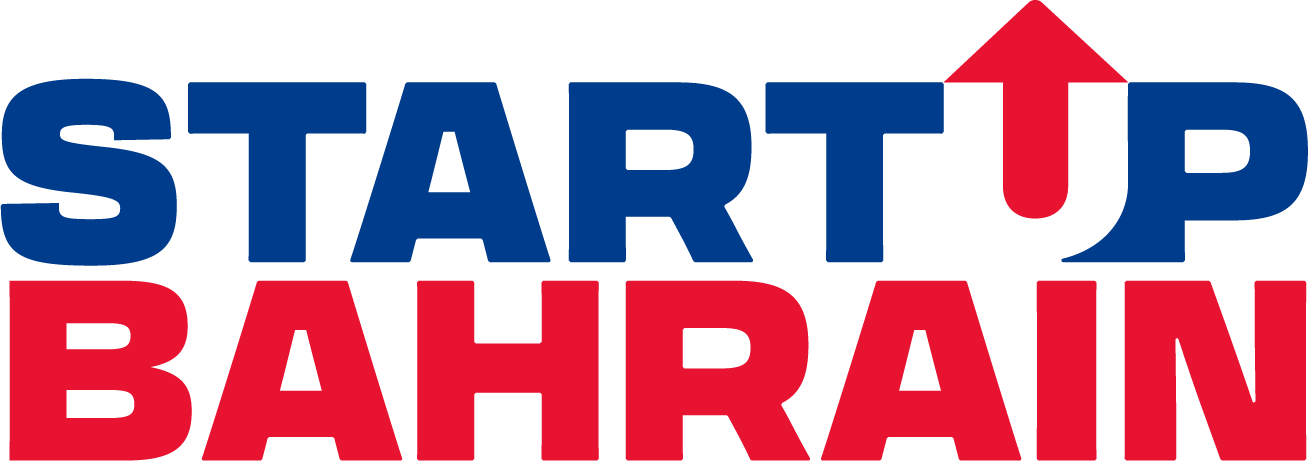Over the past few years, artificial intelligence has evolved from a niche research domain to the cornerstone of everyday digital experiences. Among the many ripple effects of the so-called “AI Boom”, is the birth of an entirely new job role: prompt engineering.
Now, at first glance, it sounds almost unbelievable, crafting sentences for a living, and some were very well paid as well. But as with roles created by emerging technologies, prompt engineering sits at the intersection of innovation and transition, and it’s already showing signs of being more of a steppingstone than a long-term profession.
Prompt engineering emerged as people realized that interacting effectively with large language models or foundational models required more than just asking blanket questions. The way a “prompt” was phrased could drastically impact the quality, style, accuracy, and usefulness of the model’s output/response.
All of a sudden, being able to write “good” prompts became a valued skill. Essentially, people who were well-versed in communicating with AI.
This led to the rise of a new role “prompt engineers”, specialists, whose role was to coax optimal results from AI models through careful working, structure, and intents. Companies hired them to fine-tune customer service bots, optimize internal productivity tools or even build AI agents that respond in specific ways. Job listings with 6 figure salaries started showing up everywhere, it was a golden goose, or so people thought.
Here’s the reality: prompt engineering is not a sustainable career path for most people. It’s transitional. It was critical, but it is likely to evolve, or dissolve over time.
Firstly, technology is rapidly improving. What this means is that the newer models are better at interpreting vague prompts or ambiguous intent with much more contextual intelligence. This means that the gap between good and bad prompting is shrinking. Sam Altman, CEO of OpenAI, has expressed this sentiment multiple times. The importance of AI systems being intuitive and user-friendly, aiming to make them accessible to a broad audience, including those who may not be tech-savvy. This perspective underscores the goal of developing AI that can comprehend and respond to human intentions with minimal explicit instruction, making interactions more natural and seamless for users of all backgrounds.
Secondly, technology surrounding the core AI technology is also evolving. So-called “toolchains” that are no-code and low-code interfaces, are now wrapping prompts in user friendly templates, hence the optimization of the prompt happens behind the scenes, most likely by another AI model.
Finally, once any skill becomes common enough, it stops being a job and just starts being literacy. Take typing as an example, there used to be (and to be fair, still is) jobs specifically for typists. Previously, it was an entire job description, but now, typing is a basic skill that everyone has. It’s like communication – like writing an email. We know how to talk to people; now we need to know how to better communicate with AI.
In the near future, we will stop seeing job listings for prompt engineers; instead, we’ll start seeing “Proficient in AI-assisted tools” becoming a requirement for all new roles, regardless of position or seniority.
Prompting is quickly becoming part of digital fluency, not a specialty. This doesn’t mean that the skill isn’t valuable, quite the opposite, it is so valuable, just like communication is, that it will be a requirement for everyone. Knowing how to structure inputs for AI will be as expected as knowing how to use Google or Excel/Word.
We see them as simple, but they are still crucial, just imagine not knowing how to use those… it would be a different world entirely.
As AI becomes more integrated into our work and lives, prompt engineering, and other similar skills will become part of our DNA. Part of how we think, write, and how we communicate… with machines, and with each other.







